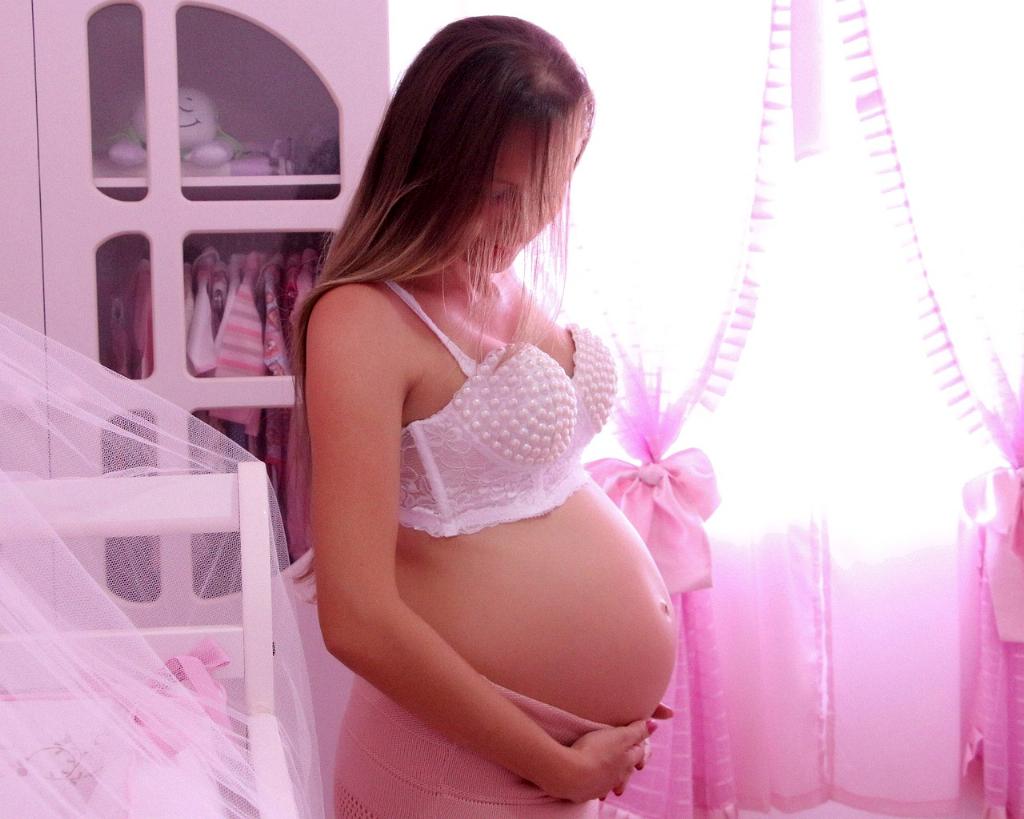Having a retroverted uterus can raise questions about how your baby bump will appear during pregnancy. It is natural to wonder if the positioning of your uterus will affect the size of your belly as your pregnancy progresses. Let’s delve deeper into this topic to provide clarity on what you can expect.
Normal Pregnancy Development and Uterus Position
Typically, as your pregnancy advances, your uterus expands to accommodate the growing baby. For women with a retroverted uterus, which tilts towards the back of the pelvis instead of the front, the initial stages of pregnancy may not exhibit a pronounced baby bump due to the uterus positioning.
Delayed Baby Bump Appearance
If you have a retroverted uterus, it is possible that your baby bump may be less noticeable in the early months of pregnancy compared to women with a straight uterus. The uterus needs to shift from its tilted position to a more forward-facing one as your pregnancy progresses, which can delay the appearance of a prominent bump.
Timing of Baby Bump Growth
According to experts like Dr. Mary Jane Minkin, women with a retroverted uterus typically start to show signs of a growing bump around the five-month mark. This means that while the initial stages may seem less pronounced, your baby bump will likely catch up in size as your uterus adjusts its position.
Reassurance on Health Risks
It is essential to note that having a retroverted uterus is not associated with any health risks related to pregnancy. So, if you find that your baby bump appears smaller initially due to your uterus position, rest assured that this is a normal variation and does not indicate any issues with the development of your pregnancy.
Medical Monitoring and Support
While the size of your baby bump can be influenced by your uterus position, healthcare providers are trained to monitor your pregnancy progress closely, regardless of your anatomy. Regular check-ups and ultrasounds can help ensure that your baby is growing as expected and that you are both healthy throughout the pregnancy.
Embracing Individual Differences
Every woman’s body is unique, and variations like a retroverted uterus contribute to the diverse experiences of pregnancy. Rather than comparing your baby bump size to others, focus on the well-being of you and your baby. Embrace the journey with confidence in your body’s ability to nurture and grow new life.
Consulting with Your Healthcare Provider
If you have concerns about the size of your baby bump or how your retroverted uterus may impact your pregnancy, do not hesitate to discuss these matters with your healthcare provider. They can provide personalized guidance and address any specific questions or worries you may have.
Physical Changes and Adaptations
As your pregnancy progresses, your body will undergo numerous changes to accommodate the growing baby. Your uterus will continue to expand, regardless of its initial position, to create a safe and nurturing environment for your developing child. Trust in the natural process of pregnancy and the resilience of your body.
Support and Understanding
Feeling uncertain about your baby bump size is normal, especially if you have a retroverted uterus. Seek support from loved ones, fellow mothers, or online communities to share experiences and gain reassurance. Remember that each pregnancy journey is unique, and there is no one-size-fits-all approach.
Final Thoughts
In conclusion, the size of your baby bump may appear smaller initially if you have a retroverted uterus, but this is a common occurrence that does not pose any health risks. Embrace the changes happening in your body, stay connected with your healthcare provider, and trust in the natural progression of your pregnancy journey. Your body is capable of amazing transformations to support the growth of new life.

